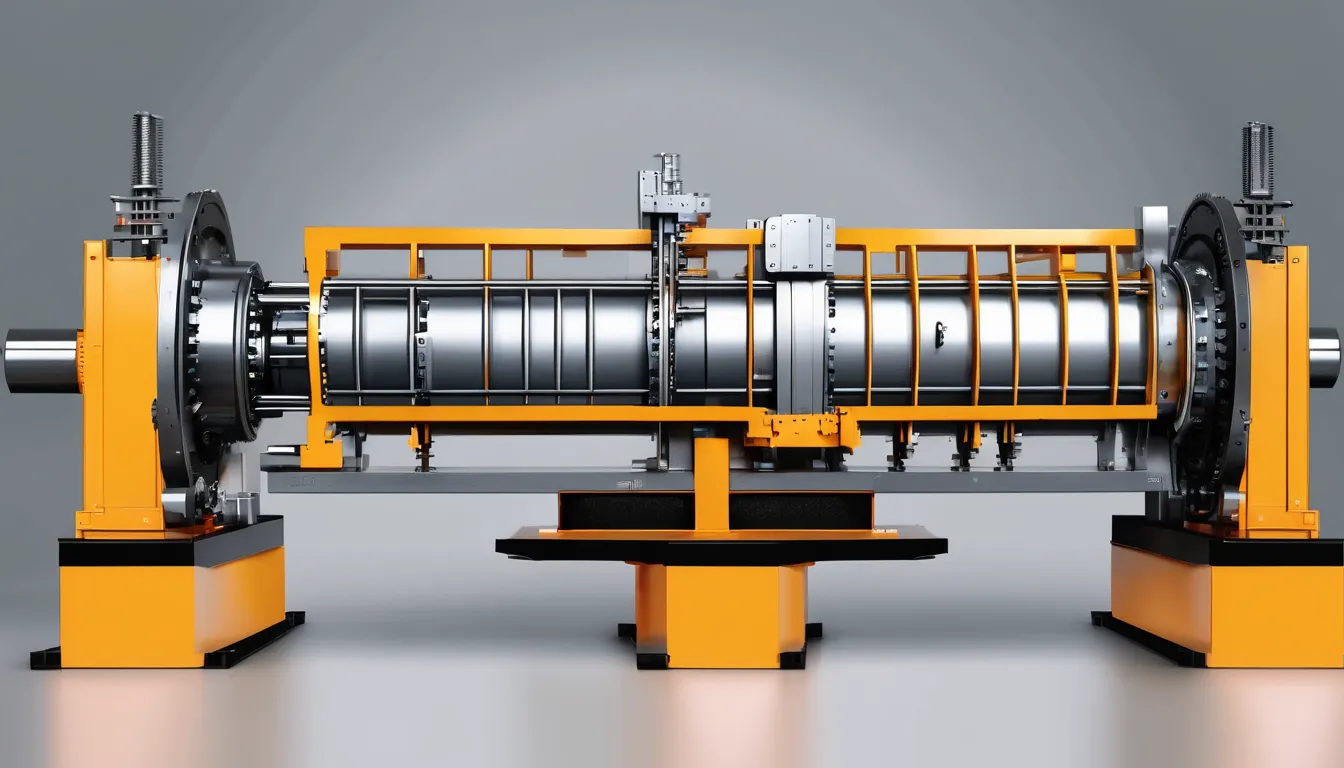When you think about industrial gearbox manufacturer development, it’s easy to underestimate the power of collaboration. Bringing together experts from engineering, materials science, and manufacturing creates a melting pot of ideas that can lead to innovative solutions. You’ll find that open communication and regular check-ins not only streamline processes but also help in overcoming technical challenges. As you explore the dynamics of cross-disciplinary teamwork, you might start to wonder how these collaborative efforts translate into real-world success stories and what specific strategies can elevate your projects.
Benefits of Cross-Disciplinary Teams
When you bring together cross-disciplinary teams in gearbox development, you unlock a wealth of diverse perspectives that can lead to innovative solutions. Each team member contributes unique expertise, whether it’s mechanical engineering, materials science, or manufacturing processes. This variety fosters a rich environment for problem-solving, where fresh ideas flourish.
You’ll find that collaboration among different fields encourages critical thinking and creativity. When individuals with varied backgrounds tackle a challenge, they often approach it from angles you mightn’t have considered. This synergy can help identify potential pitfalls early in the design process, saving time and resources down the line.
Moreover, cross-disciplinary teams enhance communication skills. By working closely with professionals who speak different “languages,” you’ll learn to articulate your ideas more clearly and understand others’ viewpoints better. This improved communication can streamline workflow and boost overall project efficiency.
Additionally, these teams can adapt quickly to changing requirements or unexpected challenges. Their combined knowledge allows for agile responses, ensuring your gearbox development stays on track.
Embracing this collaborative spirit not only enriches the development process but also positions your project for greater success in a competitive landscape.
Enhancing Innovation Through Collaboration
Collaboration not only brings diverse perspectives to gearbox development but also significantly enhances innovation. When you work with a variety of experts, you tap into a wealth of knowledge and experience that can inspire new ideas. Each team member contributes unique insights, driving creative solutions that mightn’t emerge in isolation.
By collaborating, you can:
- Leverage different skill sets: Team members bring specialized knowledge, ensuring that all aspects of development are covered.
- Foster a culture of brainstorming: Open discussions encourage team members to share wild ideas that can lead to breakthroughs.
- Encourage risk-taking: A collaborative environment allows you to explore unconventional approaches without fear of failure.
- Accelerate problem-solving: Diverse viewpoints help identify challenges quickly and devise effective strategies.
In this dynamic atmosphere, innovation thrives. You’re not just solving problems—you’re reimagining possibilities.
Streamlining Design Processes
Streamlining design processes in gearbox development requires a sharp focus on efficiency and clarity. You need to eliminate unnecessary steps and simplify communication between team members. When everyone understands their role and the project’s goals, it enhances productivity and reduces the chances of errors.
Start by adopting a collaborative platform where all stakeholders can share documents and updates in real time. This transparency helps everyone stay on the same page and allows for quicker feedback loops. Using standardized templates and workflows can also minimize confusion and speed up the design phase.
Additionally, regular check-ins and brainstorming sessions foster an environment where ideas flow freely, enabling you to address potential issues early in the design process.
Encourage your team to use iterative design practices, allowing for adjustments based on ongoing feedback rather than waiting for a final review.
Overcoming Challenges Together
Successful gearbox development often faces various hurdles, but tackling these challenges together can turn obstacles into opportunities.
When you collaborate with your team, you’re not just pooling resources; you’re combining perspectives that can lead to innovative solutions.
Here are some common challenges you might encounter and how collaboration can help:
- Technical limitations: Working together allows you to brainstorm creative workarounds that can bypass these restrictions.
- Tight deadlines: Sharing the workload ensures you meet project timelines without compromising quality.
- Miscommunication: Regular check-ins foster clear communication, reducing misunderstandings and aligning goals.
- Resource constraints: Collaborating can uncover underutilized talents and tools within your team, maximizing efficiency.
Case Studies in Successful Collaboration
Real-world examples highlight how teamwork can transform challenges into remarkable successes in gearbox development.
Take the case of a leading automotive manufacturer that faced issues with noise and vibration in their newly designed gearbox. Instead of working in silos, engineers, noise and vibration specialists, and manufacturing teams collaborated closely. They held brainstorming sessions, shared data, and conducted joint testing. This open communication led to innovative design modifications that significantly reduced noise levels, ultimately enhancing the vehicle’s performance and customer satisfaction.
Another example comes from a renewable energy company aiming to improve their wind turbine gearboxes. By partnering with material scientists and external consultants, they developed a new composite material that increased durability and reduced weight. Regular meetings and shared objectives allowed for rapid iterations and adjustments, ensuring that all parties were aligned and focused on the end goal.
These case studies show that when you foster collaboration, you not only solve immediate problems but also create an environment for continuous improvement.
Emphasizing teamwork allows you to leverage diverse expertise, leading to breakthroughs that drive innovation in gearbox development.
Conclusion
In gearbox development, collaboration isn’t just beneficial; it’s essential. By working together across disciplines, you tap into diverse expertise that fuels innovation and enhances design processes. When challenges arise, your team can tackle them collectively, turning obstacles into opportunities. The success stories of collaborative efforts highlight the potential for groundbreaking advancements in performance and reliability. Embracing a collaborative mindset not only leads to superior products but also positions you to meet evolving market demands with confidence.

